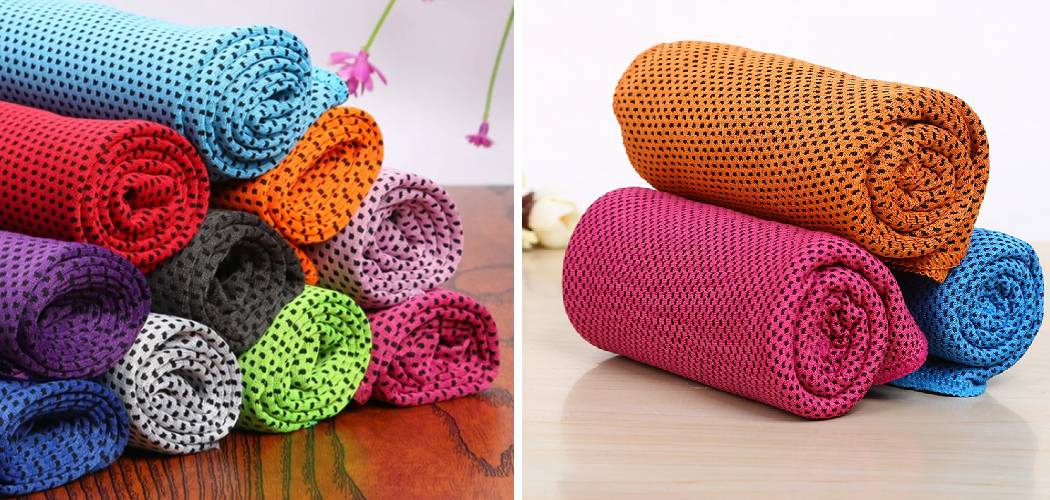It’s finally summer and there’s nothing better than soaking in the sunshine and enjoying outdoor activities! From swimming to running, your body will undoubtedly be working hard under the hot sun.
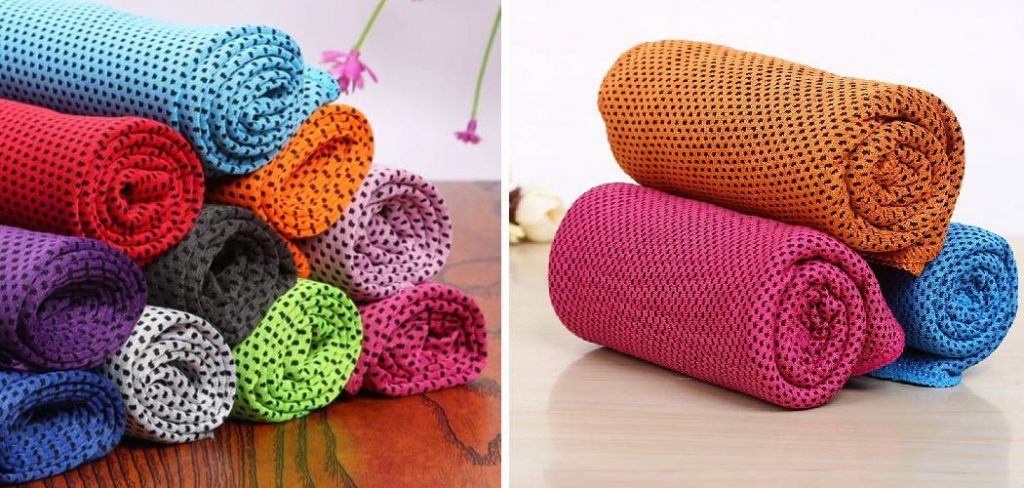
To beat the heat this season, it is essential that you have cooling towels ready to go! We all know how effective they are at keeping us cool during an intense training session or hike, but what most of us don’t know is just how easy it is to wash them correctly.
In this blog post on how to wash cooling towels we’ll talk about why and how you should properly care for cooling towels so you can maximize usage without sacrificing quality.
Why Should You Wash Your Cooling Towels?
Simply put, washing a cooling towel helps to maintain its effectiveness and longevity. Over time, dirt, sweat, body oils, and bacteria from our skin accumulate on the fabric of the towel, making it less capable of providing the desired cooling effect.
Not only that but also an unwashed towel can easily develop a musty odor that can be quite unpleasant. Regular washing of your cooling towel will not only keep it clean and fresh but also ensure its maximum cooling efficiency.
Needed Materials
- Mild Detergent
- Warm Water
- Washcloth or Soft Brush
- Washing Machine (Optional)
11 Step-by-step Guidelines on How to Wash Cooling Towels
Step 1: Preparation
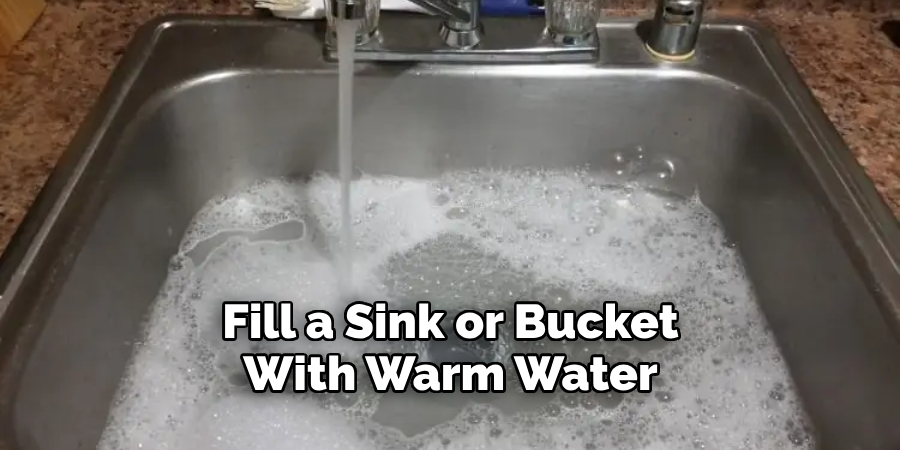
Fill a sink or bucket with warm water and add a mild detergent to create a solution. Make sure the water is not too hot as it can damage the fabric. It’s always advisable to check the label of your cooling towel for recommended water temperatures.
You can also use a mild detergent directly on the towel if you prefer. But make sure you follow the instructions on the detergent packaging.
Step 2: Pre-soak
If your cooling towel is heavily soiled or smells musty, pre-soaking can help loosen up any dirt or bacteria before washing. Simply soak the towel in the warm water and detergent solution for about 30 minutes to an hour.
This step is entirely optional, and you can skip it if your towel is not too dirty. It’s also important to note that pre-soaking is not recommended for towels with metal components, as it can cause rusting.
Step 3: Agitate
Using your hands or a washcloth/soft brush, gently agitate the towel in the water. This step will help to loosen any dirt and bacteria trapped in the fabric. It’s essential to be gentle during this process, especially if your towel has a cooling gel layer.
Too much agitation can damage the gel layer and reduce the effectiveness of your towel. You can also add a small amount of detergent directly onto any stubborn stains and gently scrub them with your fingers or a soft brush.
Step 4: Rinse
After you are satisfied that the towel is clean, drain the soapy water and rinse it with cool water. Make sure to squeeze out all the excess soap from the fabric, as any leftover detergent can cause skin irritation. Repeat this step until the water runs clear. It’s also recommended to rinse the towel under running water to ensure all the soap is removed.
Step 5: Washing Machine (Optional)
If you prefer using a washing machine, make sure it’s set on a gentle cycle with cool water. Do not add any fabric softener or bleach as they can damage the fabric and reduce its cooling abilities.
It’s essential to note that while washing machines are convenient, they may not be suitable for all types of cooling towels. Make sure to check the label and follow any specific instructions from the manufacturer. Otherwise, hand washing is the safest option.
Step 6: Drying

After washing, gently squeeze out any excess water from the towel. Do not twist or wring it as it can damage the fabric and affect its performance. Lay the towel flat on a clean surface and allow it to air dry completely.
Avoid using high-heat methods such as tumble drying or ironing as they can damage the fabric and reduce its cooling properties. But if you must use a dryer, make sure to set it on low heat.
Step 7: Storage
Once dry, it’s important to store your cooling towel in a clean and dry place. Avoid storing it in a damp or humid area as it can cause mold or mildew growth. You can also store your towel in a plastic bag or container to protect it from dust and humidity.
If your towel has metal components, make sure they are completely dry before storing them to prevent rusting. It’s also a good idea to store your towel with a silica gel packet, as it can help absorb any excess moisture.
Step 8: Avoid Harsh Chemicals
It’s important to avoid using any harsh chemicals on your cooling towel. They can damage the fabric and reduce its cooling abilities. Stick to mild detergents and stay away from bleach, chlorine, fabric softeners, and other strong cleaning agents.
But if you must use any of these, make sure to follow the instructions on the label carefully. It’s also recommended to test a small, inconspicuous area of the towel first before using any new cleaning product.
Step 9: Avoid Sun Exposure
While drying your towel outdoors may seem like a good idea, it’s essential to avoid prolonged exposure to direct sunlight. The sun’s UV rays can damage the fabric and affect its cooling properties.
If you must dry it outdoors, make sure to do it in a shaded area or under a cover. You can also lay it flat on a towel or cloth to protect it from the sun.
Step 10: Wash Regularly
It’s recommended to wash your cooling towel after every use, especially if you have been sweating heavily. But if you haven’t used it for a while, make sure to give it a proper wash before using it again.
This will help keep the fabric clean and maintain its cooling efficiency. You can also wash your towel after every few uses to prevent any bacteria buildup.
Step 11: Replace When Necessary
Even with proper care, cooling towels will eventually wear out over time. If your towel starts to feel less effective or develops an unpleasant odor that doesn’t go away after washing, it’s probably time to replace it. It’s also essential to replace your towel if you notice any damage or tears in the fabric.
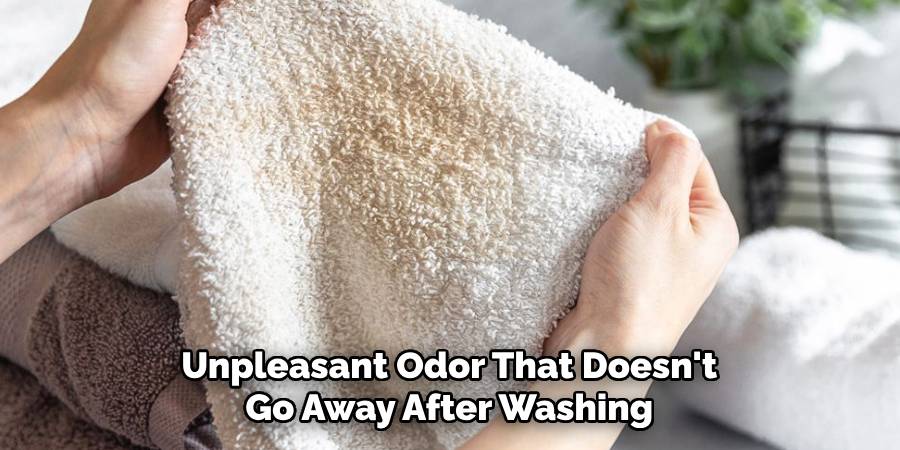
Remember to always follow the manufacturer’s recommendations for when to replace your cooling towel.
Following these simple steps on how to wash cooling towels will help keep your cooling towel clean, fresh, and working at its best. Proper maintenance is key to ensuring the longevity of your towel and getting the most out of its cooling abilities. With regular washing and proper storage, you can continue to enjoy the refreshing feeling of a cooling towel for a long time.
Frequently Asked Questions
Q1. How Often Should I Wash My Cooling Towel?
A1. It’s recommended to wash your cooling towel after every use, especially if you have been sweating heavily. But if you haven’t used it for a while, make sure to give it a proper wash before using it again. This will help keep the fabric clean and maintain its cooling efficiency.
Q2. Can I Use A Washing Machine To Clean My Cooling Towel?
A2. Yes, you can use a washing machine, but make sure it’s set on a gentle cycle with cool water. Do not add any fabric softener or bleach as they can damage the fabric and reduce its cooling abilities. It’s also important to check the label and follow any specific instructions from the manufacturer.
Q3. Can I Dry My Cooling Towel In A Dryer?
A3. It’s not recommended to use a dryer as high heat can damage the fabric and affect its cooling properties. But if you must, make sure to set it on low heat. It’s best to air dry the towel flat on a clean surface for optimal results.
Q4. How Do I Store My Cooling Towel?
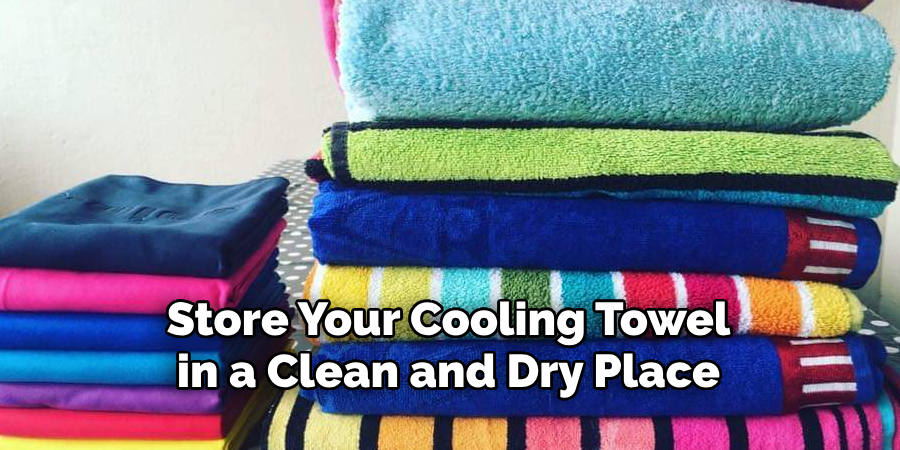
A4. Once dry, store your cooling towel in a clean and dry place. Avoid damp or humid areas as they can cause mold or mildew growth. You can also keep it in a plastic bag or container to protect it from dust and humidity. If your towel has metal components, make sure they are completely dry before storing them to prevent rusting. Using a silica gel packet can also help absorb any excess moisture.
Conclusion
After reading this blog post, you now have the knowledge to keep your cooling towels nice, clean and free of bacteria. Washing them correctly on a weekly basis allows for safe and effective use without any nasty side effects.
Feel free to experiment with different detergents and practices as you see fit. Give it a go – we are certain that if you follow these steps, you will achieve an amazing result every time!
So don’t wait any longer – keep your cool and make sure to take care of your favorite cooling towel. Invite others to join in too – the more the better! Let’s all do our part in making sure cooling towels remain one of the most efficient ways to keep cool during hot days or exercise routines. Thanks for reading this article on how to wash cooling towels.
You Can Check It Out to Wash Epoxy Floors
